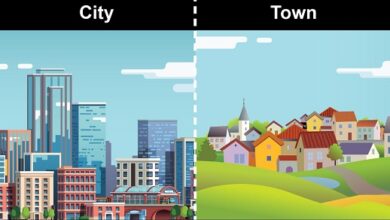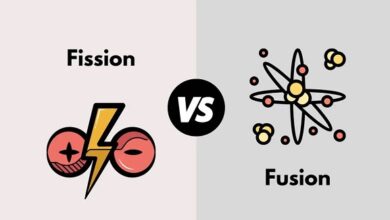Difference between series circuit and parallel circuit Similarities and FAQs
Series circuit and parallel circuit
In this article we will provide you the Difference between series circuit and parallel circuit Similarities and FAQs.
What does series circuit mean?
A series circuit is an electrical circuit in which devices are connected sequentially, creating a single path for current. This configuration means that if any part of the circuit is interrupted, power cannot flow through it. The total resistance of a series circuit is equal to the sum of the individual resistances and its total voltage is equivalent to the voltage supplied by the external source. Switches (single or double switch) are commonly used to control series circuits as they allow the passage between connected components to be opened or closed.
What does parallel circuit mean?
A parallel circuit is a configuration of electrical components (such as resistors, capacitors, and others) that are connected to each other by two or more paths. This connection is made at the same time to allow simultaneous circulation of current flow through each part of the circuit. The main characteristic of parallel circuits is that they divide the total voltage supplied between all the elements of the circuit, keeping the total intensity constant in all branches, which means that if we add an additional device it will begin to share the load with the rest.
Similarities
The similarities between series circuits and parallel circuits are as follows: both contain a power source that generates electric current, as well as various devices connected to it. In the case of series circuit, all these devices receive the same amount of power directly from the power supply. On the other hand, in a parallel circuit each device receives a different amount of energy due to the branches made by the cables. The main benefits that both configurations offer is that the level and direction of the electrical current can be easily controlled to best meet our particular needs.
Differences
A series circuit is an electrical circuit where components are connected sequentially, forming a single path for current. These are very useful when you need to control the total intensity of the circuit since all components receive exactly the same amount of electricity. On the other hand, a parallel circuit consists of several separate paths through which current flows. These are ideal for keeping the voltage constant and can be used to simultaneously supply electricity to multiple devices at the same time. In summary, both configurations fulfill different but equally important functions within the electric field.
Frequent questions
Than the series circuit?
A series circuit is a connection of electrical or electronic components where current flows through each of them. This means that all components are connected to each other, and current flows along the same path to complete the circuit.
What is a series circuit and its characteristics?
A series circuit is a configuration of electrical components connected together, where each component is connected to the next. This configuration causes all current to flow through the components, without splits or branches. Some key features of series circuits are: ? The same amount of current flows through all components of the circuit. ? The total resistance is equal to the sum of the individual resistances. ? The total voltage is equal to the sum of the individual voltages.
How do you make a series circuit?
A series circuit is made by connecting circuit components one after another, forming a single path for current flow. The total resistance of the circuit is equal to the sum of the individual resistances within the circuit. A simple example is connecting several lights by wire in series: each bulb is connected to the next and they all share the same power source.
What is a series and parallel circuit?
A series circuit is a circuit where components are connected so that current flow moves through a single path. These types of circuits have total resistance greater than the individual resistance of any of their components. A parallel circuit is a configuration where the components are connected to each other by two or more separate paths, allowing the simultaneous movement of current flow through the circuit. same. These types of circuits have total resistance equal to the smallest individual resistance among all their components.
What is a parallel circuit?
A parallel circuit is a configuration of components connected to two or more power points, where the elements are connected to each other by peripheral cables. In this type of circuit, the current is divided to flow through each component individually and then recombines to return to the starting point. This configuration is generally used when there are several separate power sources that must supply equal amounts of current to a common device, such as LED light bulbs.
What is a parallel circuit and examples?
A parallel circuit is a configuration of electrical components connected together through several paths. This allows current to flow through them simultaneously. Examples include camping lanterns, indoor and outdoor lights, fans, and electric motors. Parallel circuits are also used to provide power to electronic devices such as computers, televisions, and cell phones.
How do you make a parallel circuit?
A parallel circuit is created by connecting electrical components together through different paths, as if they were separate. This means that each device shares the same power source, but there is more than one path for current to flow. Some examples include light bulbs connected in a parallel circuit, where each lamp receives power directly from the battery without having to pass through the others.




